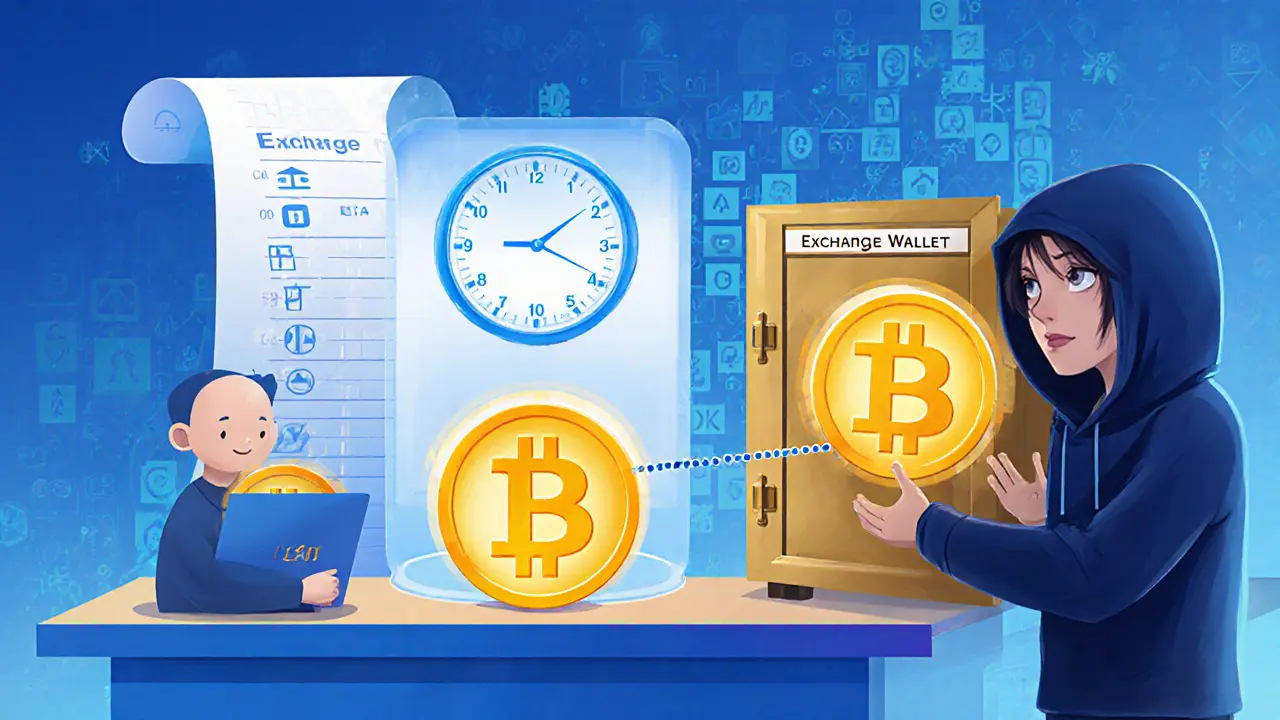A concise review of OrangeX crypto exchange covering fees, security, leverage, user experience, and a side‑by‑side comparison with Binance and Coinbase.
Cryptocurrency Exchange Security
When talking about cryptocurrency exchange security, the set of measures that protect digital assets while buying, selling or storing on an exchange. Also known as exchange safety, it blends technology, policy and user habits to keep funds safe. The same concept applies to centralized exchanges, platforms that hold user custodial wallets and match orders in a single order book and decentralized exchanges, protocols that let traders swap assets directly from their wallets without a middleman. You’ll also hear about cold storage, offline wallets that keep private keys away from internet threats and two-factor authentication, an extra login step that combines something you know with something you have. Together these pieces form the backbone of a secure trading experience.
First, centralized exchange security leans on institutional firewalls, encrypted databases and dedicated compliance teams. Most big players run regular penetration tests, keep a portion of assets in cold storage, and enforce mandatory 2FA for all users. The downside? When the exchange holds your keys, a breach can expose every account in one fell swoop. That’s why you’ll also see users demand insurance coverage and proof of reserve audits – tools that add a layer of transparency.
On the other side, decentralized exchange safety shifts risk to the user. The protocol itself can’t be hacked like a traditional server, but smart‑contract bugs or a compromised private key can still drain funds. Audited contracts, bug bounty programs, and multi‑sig governance are the main defenses. Users often pair DEX activity with cold storage wallets and hardware signers to keep the private key offline until a trade is signed.
Key Practices That Bridge Both Worlds
Regardless of the platform, the security checklist looks alike: enable 2FA, use a strong, unique password, and keep your recovery phrase offline. For extra peace of mind, store a sizable portion of your holdings in a hardware wallet—a form of cold storage that never touches an internet‑connected device. When you do keep funds on an exchange, treat it like a bank account: only what you need for short‑term trading should sit there.
Another often‑overlooked factor is network security. Browsing on a public Wi‑Fi, reusing devices, or ignoring software updates opens doors for man‑in‑the‑middle attacks. A VPN, up‑to‑date OS, and anti‑malware tools are cheap safeguards that pay off big time. Pair those habits with vigilant monitoring: set up email or SMS alerts for login attempts, withdrawals, and unusual trading volume.
Regulatory compliance also plays a role. Exchanges operating under clear licensing regimes—like EU‑regulated platforms or U.S. CFTC‑registered desks—must follow AML/KYC rules, which in turn enforce stronger identity verification and fraud detection. While some traders see KYC as a hassle, it often correlates with higher security standards and insurance options.
Finally, community reputation matters. Look for platforms with active forums, transparent roadmaps, and a history of prompt incident response. When a exchange publishes a security audit or breach report, it signals commitment to improvement rather than secrecy.
All these elements—centralized safeguards, decentralized contract audits, cold storage habits, 2FA, network hygiene, regulatory oversight, and community trust—interact to create a resilient ecosystem. Below you’ll find a curated selection of guides, reviews and deep dives that walk you through each piece, from how Bitpanda handles EU regulations to why Metora’s dynamic fees matter for Solana traders. Dive in to arm yourself with the knowledge you need to keep your crypto safe, no matter where you trade.
- 27 Aug 2025
- Elara Crowthorne
- 16
How Exchanges Prevent Double-Spending Attacks
Learn how cryptocurrency exchanges block double-spending attacks with consensus safeguards, confirmation rules, AI monitoring, and upcoming hybrid solutions.


